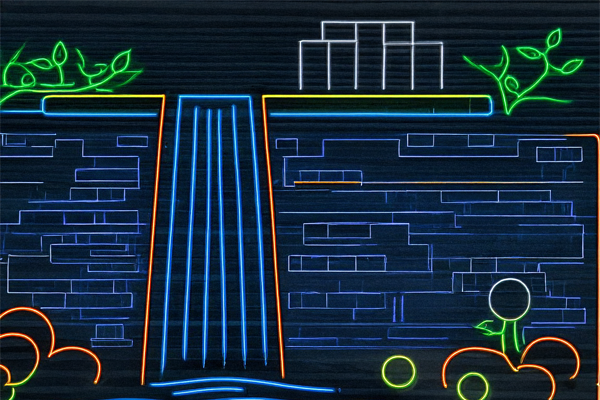- Amanda Mahoney
- September 3, 2025
From Waterfall to Agentic: AI‑Powered Modernization in Action

For decades, enterprise IT modernization relied on long-cycle, waterfall projects. The problem, this “big bang” approach can be slow, costly, and often risky. Agile provided much-needed velocity and stakeholder feedback. It moved problems to the left, empowered self-guided teams to continuously improve their process, and introduce a product mindset as a core capability. Nevertheless, agile teams struggled with older, massive monolithic systems in COBOL or other legacy languages.
As many run from AI, the agentic era introduces a solution that not only further accelerates velocity, it drives human-centered design as it drives efficiency. AI-powered systems that not only provide much needed insights, agents lead key modernization tasks, transforming codebases automatically and contextually.
Why Waterfall and Agile Aren’t Enough
Legacy mainframes remain mission-critical. Moveover, as legacy subject matter experts (SMEs) retire and compatibility gaps widen. Agile methodologies improve workflows and processes. However, as Chief Architect Kartik Mecheri notes in a recent podcast without agentic AI, traditional migration poses serious risks. While Agile emphasizes iteration, it still requires domain experts to navigate fragile, interdependent codebases. That means long timelines, rising costs, and staffing bottlenecks.
Enter: Agentic AI‑Powered Modernization
With that in mind, our team asked how we could address one of the most difficult aspects of modernization earlier in the process, understanding the decades-old architectures and business logic associated with these aging systems. With Agile and Agentic AI combined, we figured out how to move this problem to the left.
Agentic AI goes beyond scripted automation. For instance ReDuX agents handling complex tasks at scale:
- Blueprint Agents extract system structure, user behavior, and business logic generating architecture blueprints
- Transformation Agents generate modern production ready code and deploy incremental microservices on platforms like AWS
- Transformation Agents learn from reference implementation, security requirements, and other documents to adhere to zero trust requirements, U.S. Web Design System (USWDS), and other standards.
- Human-in-the-loop validation ensures accuracy and acts as an additional backstop against hallucinations.
It’s modernization with intelligence, where AI leads the technical exploration and human teams guide strategy.
How It Works
Our How it Works page outlines the three‑phase ReDuX process:
- Assess Domain – AI interacts with legacy code to map functionality
Mobilize Agents – Generate documentation, tests, APIs, microservices - Modernize Systems – Incremental delivery, cloud deployment, and active learning
Real‑World Impact
ReDuX-driven modernization produces measurable results:
- Faster delivery timelines with improved code quality and reduced resource demands.
- Reduced risk through explainable AI and domain-aware automation. Every task an agent performs has code citations to verify accuracy.
- Modern, adaptable, secure cloud-native architectures aligned with compliance mandates
Explore real-world results in our case study with AWS and AI or listen to the Federal Tech Podcast episodes featuring our team.
Why This Matters Today
With shrinking legacy-system expertise and growing pressure to modernize securely, agentic AI isn’t just the next step—it’s a necessary leap. As generative AI matures, government agencies and integrators alike must rethink what modernization can be.
2X
Reduced Effort

